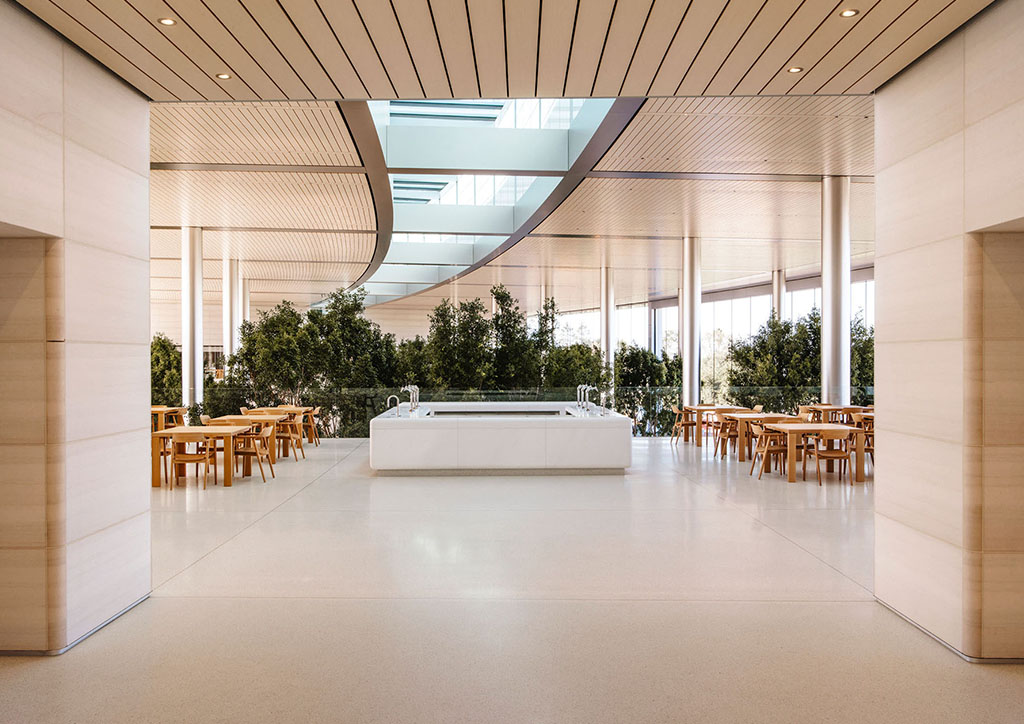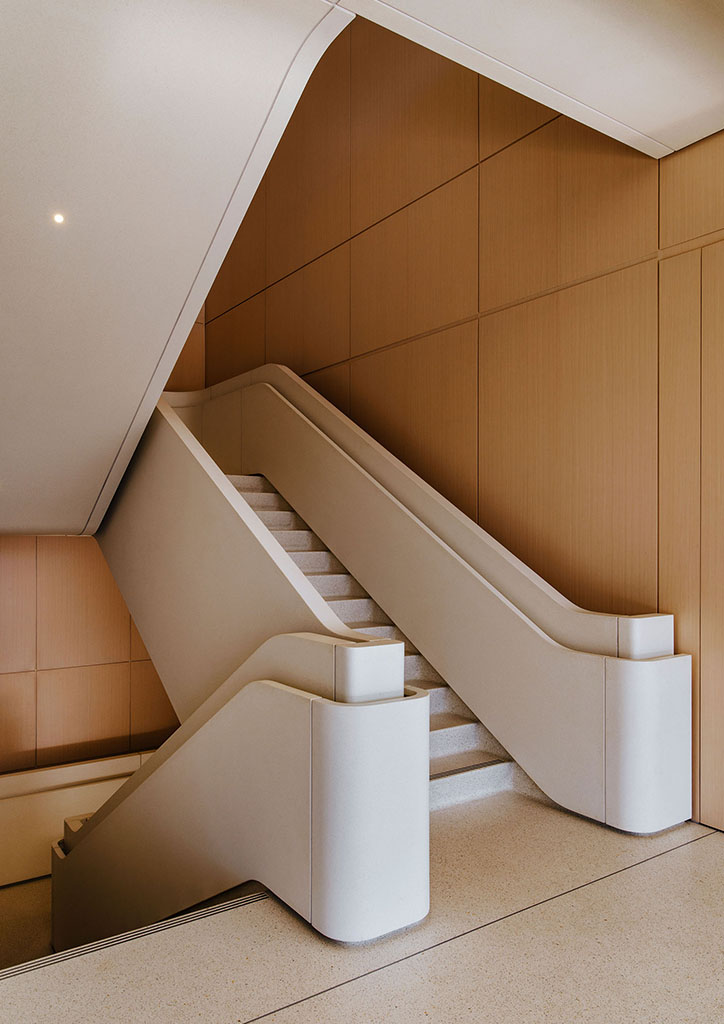
Surprising Effects of Architecture On Your Mental Health
We all know the feeling of encountering a place that immediately feels right. However, the factors that go into designing healthy spaces aren’t always obvious or quantifiable. To reclaim a daily experience that stimulates your senses and fulfills your physiological needs, it’s important to go back to the basics.
1. Sensory deprivation within structures can lead to significant psychological impairment.
With more than 50% of the world’s population now living in cities, the majority of buildings are designed to be cost-effective and energy-efficient above all. This is especially true of workplaces, wherein rooms often have no windows and exclusively use artificial lighting.
Most of us are so accustomed to the typical urban building that we are not aware of the psychological effects of these environments. The sameness of spaces – spaces that lack tactile stimulation, with unchanging light, and the same noises in the background throughout the day – creates sensory deprivation that leads to a whole host of psychological issues ranging from depression to depersonalization, where some people begin to lose touch with reality. Many of us have had the experience of leaving a brightly-lit artificial environment and feeling disoriented and unfocused. Over time, we learn to ignore this effect, or lose our conscious perception of it, but it continues to affect us nevertheless.
This is because we evolved within environments that are rich in physical stimuli. Even in a seemingly tranquil and unchanging natural landscape, the physical input varies all the time. The sounds of wildlife or water change, the temperature rises and falls, the wavelength of sunlight fluctuates, the direction of the wind changes. Healthy design incorporates elements that stimulate all your senses and treats them as equally important.

2. Lack of ventilation can cause “sick building syndrome”.
Energy-efficient design for temperature-controlled buildings usually necessitates sealing the building. Pollutants enter the building through the air-conditioning system, but cannot be thoroughly vented back outside. In some cases, the level of pollutants in the air indoors can be more than 100 times higher than outdoor levels. Ventilation ducts can introduce carbon monoxide from cars, and black mold can grow within the walls of older buildings. Office equipment such as photocopiers and printers give off particles of ozone. All of these pollutants have adverse effects on your physical and mental health, including memory problems.
3. Architectural design can determine your physical activity.
Active design in architecture is based on principles that encourage physical activity. With active design, physical activity can become a natural part of the inhabitants’ daily routines. Achieving this requires cooperation between architects, engineers, planners, and communities. A dialogue between designers and users has to be established because a successful urban layout fulfills the unique needs and expectations of the community.

Architectural features that we typically view as conveniences, such as office buildings that can only be ascended via elevators, or residential buildings that forgo common spaces to allot more area for units, are actually more detrimental for our mental health in the long run. Sustainability in architecture shouldn’t just pertain to the productivity and efficiency of the building. Sustainability should also be about our health and well-being.
It’s time to be more aware of how architecture is affecting our mental health.
When choosing a home or a workplace, healthy design often takes a back seat to other considerations such as cost and aesthetics. In the case of choosing a workplace, it might seem absurd to turn down a prestigious job because of the office’s design. However, your home and workplace are the environments in which you will be spending a significant part of your life. It’s important to advocate for the things that you need for your physical and mental health. Ask yourself: Does this place allow me to experience a rich environment? Does it allow me to breathe fresh air? Does it allow me to be active, to socialize? When we all begin to make choices that prioritize our health, we will shape our buildings instead of letting them shape us.


